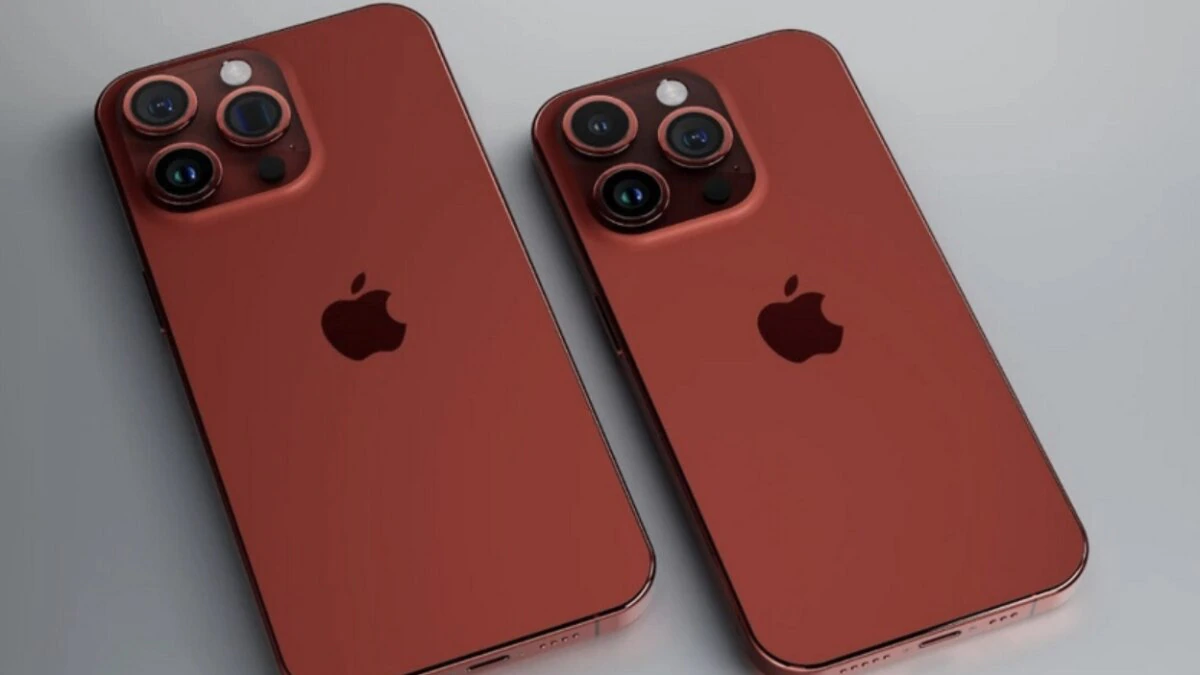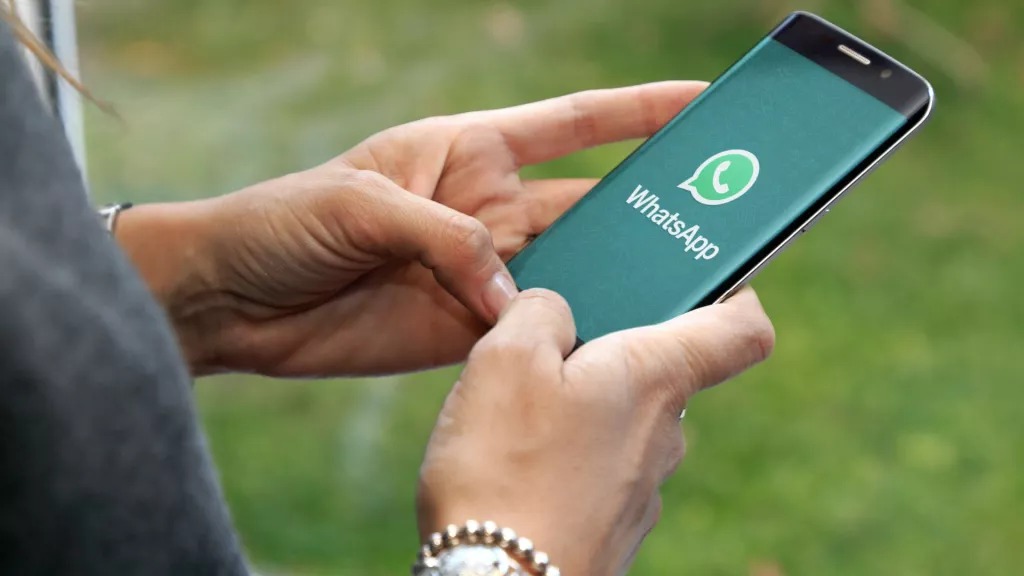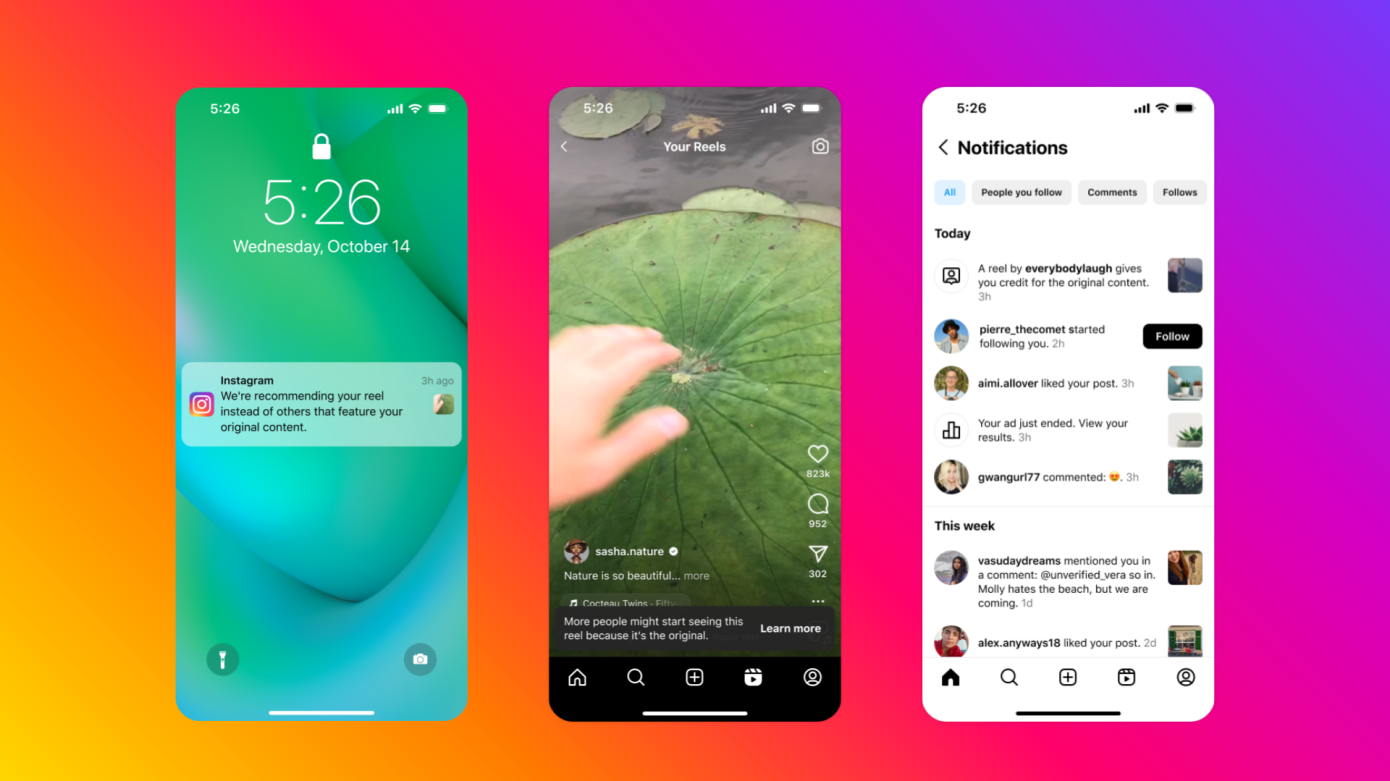
According to leaks and reports, the iPhone 15 series has a lot to look forward to. We’re still waiting for Apple’s next announcement, but we expect Lightning to be replaced by USB-C, universal Qi2 wireless charging, and rounded edges on one of the larger models. The series may undergo its largest change in years.
But that didn’t interest me. No, I’ve been eyeing camera updates as one of the main barriers to exploring Apple’s ecosystem.
“I thought iPhones had great cameras?” Already hearing protests. However, recent submissions have disappointed me regardless of portfolio outcome. The expensive iPhone Pro and Pro Max can take great photos with third-party gear and RAW domain editing, but the out-of-the-box experience is inferior to the best camera phones and even the Google Pixel 7. Bottom line, the iPhone 15 is Apple’s chance to reclaim its camera crown, but it’ll require more modifications than reports suggest.
The iPhone 15 series may get camera enhancements. The iPhone 14 and Plus may have twin cameras, while the Pro and Pro Max may have zoom. The latter may get a 5x or 6x optical zoom periscope lens to compete with the Galaxy S23 Ultra at a distance. The series will also get new Sony picture sensors, a wider f/1.7 primary aperture, and better LiDAR scanning for depth information.
All nice stuff that should fix some of the issues we’ve encountered with recent entries in the series, especially the iPhone’s zoom and low-light performance, which has lagged behind. The hardware and software processing of recent iPhone cameras have been my main complaints. Many of my iPhone 13 and 14 series photos were underexposed, with washed-out hues, yellow tints, and harsh, overprocessed skin textures. See for yourself.Computational photography only shines when the basics are covered, even though Apple’s Photonic Engine and Deep Fusion imaging technologies function well in low light and zoom. Multi-frame HDR and dual ISO sensor technology used by more Android OEMs offer capabilities that Apple doesn’t utilise in current models. Apple was slow to implement pixel-binning and periscope zoom designs, so it could move faster to acquire cutting-edge camera technologies.Qualcomm has enhanced its Snapdragon image processing pipeline to handle computational photography, HDR, RAW domain processing, and robust focusing, exposure, and RAW domain processing. This helped various Android partners. Apple remains mum on the Bionic ISP’s inner workings, but going back to fundamentals could improve the experience.
While talking hardware, Apple might reverse the wide focal length trend. The iPhone 14 main camera is wide after going from 26mm to 24mm, making portrait shooting difficult. The present 77mm/3x zoom lens is excessively lengthy. A tighter main focal length closer to 30mm would make the iPhone 15 camera package more adaptable and cover a wider range of focal lengths with great quality should the telephoto move to 5x or 6x. Given the industry’s path, such a modification could beat the competition, but I wouldn’t count on it.I would prioritize software exposure and color profiling even more. No one likes yellow tints and chilly white balances. Apple has a few good concepts it can build on to beat the competition.
Photographic Styles are wonderful for changing your look, but the current setup might offer more stylistic possibilities than cool or warm. I like Sony Xperia 1 V characteristics and want more phones with aesthetic profiles. Apple might let photographers edit RAW and change styles afterward. A variety of Apple-branded profiles could set the next iPhone apart from its competition, even though we’ve seen mixed outcomes from color-branded partnerships.The iPhone 15 cameras shouldn’t look and work like the competition. After all, differentiation keeps markets interesting. Recent Apple cameras are decent, but they don’t have the point-and-shoot consistency of Google’s Pixel and, to a lesser extent, Samsung’s Galaxy flagships.
My biggest hope for the iPhone 15 series is that almost every photo looks great without “Pro” settings or RAW. Although those features are helpful, we shoot with a smartphone for portability and simplicity. The expected hardware improvements look promising, but it will take equal software efforts to convince me that the iPhone 15 series is a serious competitor for the best of Android, which now includes solid camera phones from HONOR, OPPO, Xiaomi, Google, and Samsung.






